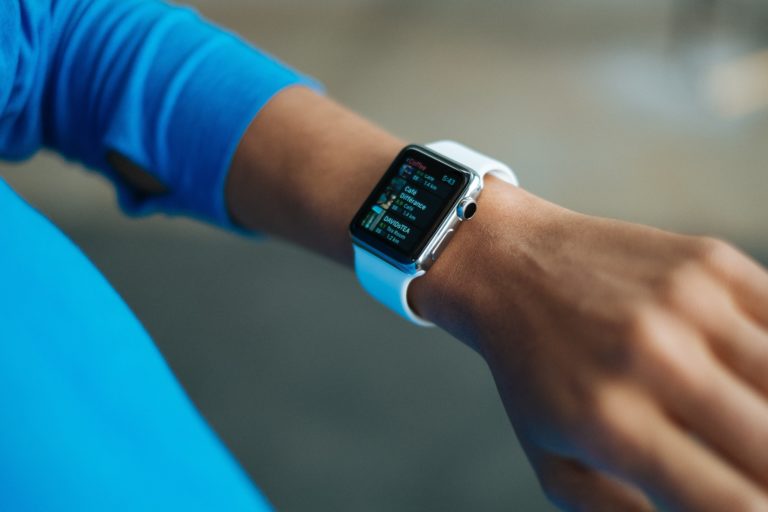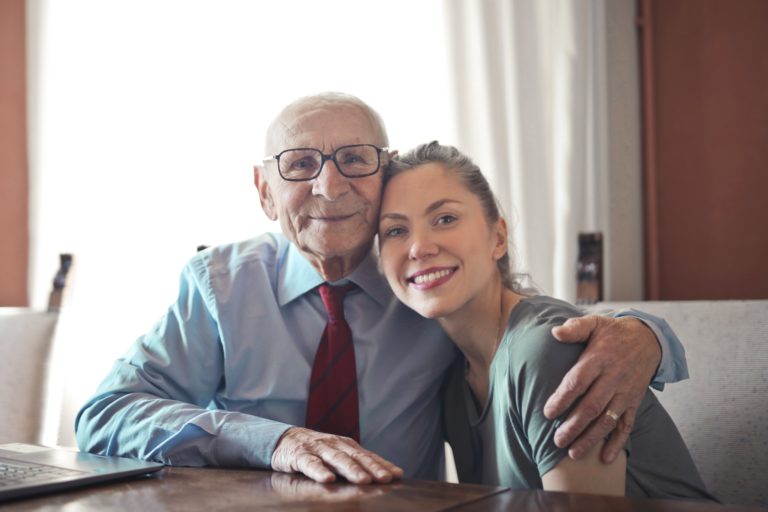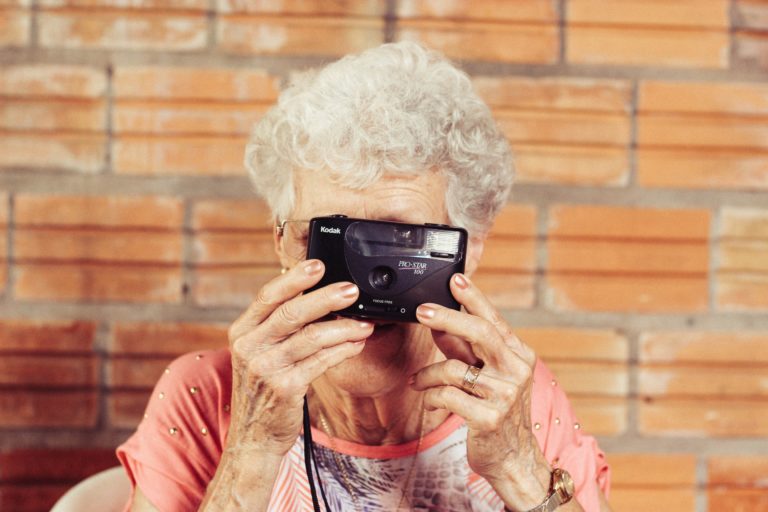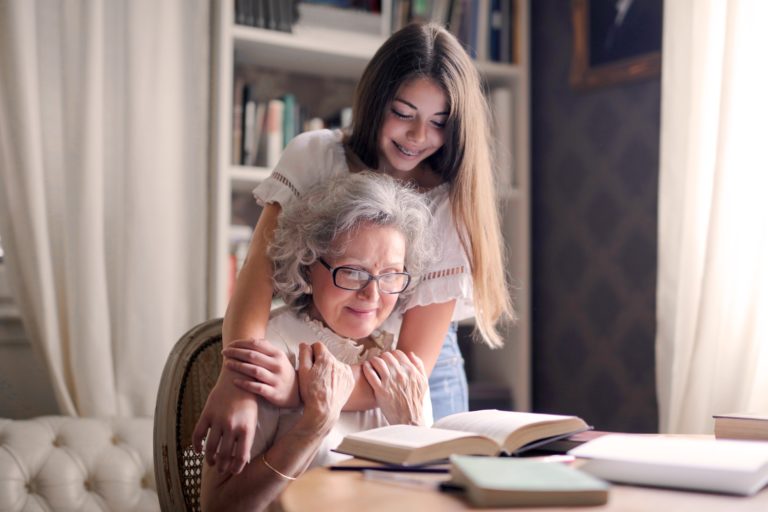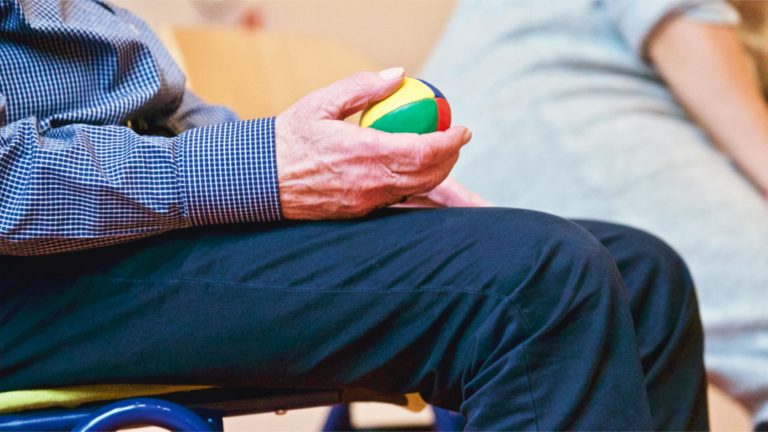
The Difference between Power of Attorney and Guardianship for Elderly Parents
The primary difference between guardianship and power of attorney is in the level of decision-making power, although there are many intricacies specific to each appointment, explains Presswire’s recent article entitled “Power of Attorney and Guardianship of an Elderly Parent.”
The interactions with adult protective services, the probate court, elder law attorneys and healthcare providers can create a huge task for an agent under a power of attorney or court-appointed guardian. Children acting as agents or guardians are surprised about the degree of interference by family members who disagree with decisions.
Doctors and healthcare providers don’t always recognize the decision-making power of an agent or guardian. Guardians or agents may find themselves fighting the healthcare system because of the difference between legal capacity and medical or clinical capacity.
A family caregiver accepts a legal appointment to provide or oversee care. An agent under power of attorney isn’t appointed to do what he or she wishes. The agent must fulfill the wishes of the principal. In addition, court-appointed guardians are required to deliver regular reports to the court detailing the activities they have completed for elderly parents. Both roles must work in the best interest of the parent.
Some popular misperceptions about power of attorney and guardianship of a parent include:
- An agent under power of attorney can make decisions that go against the wishes of the principal
- An agent can’t be removed or fired by the principal for abuse
- Adult protective services assumes control of family matters and gives power to the government; and
- Guardians have a responsibility to save money for care, so family members can receive an inheritance.
Those who have a financial interest in inheritance can be upset when an agent under a power of attorney or a court-appointed guardian is appointed. Agents and guardians must make sure of the proper care for an elderly parent. A potential inheritance may be totally spent over time on care.
In truth, the objective isn’t to conserve money for family inheritances, if saving money means that a parent’s care will be in jeopardy.
Adult protective services workers will also look into cases to make certain that vulnerable elderly persons are protected—including being protected from irresponsible family members. In addition, a family member serving as an agent or family court-appointed guardian can be removed, if actions are harmful.
Agents under a medical power of attorney and court-appointed guardians have a duty to go beyond normal efforts in caring for an elderly parent or adult. They must understand the aspects of the health conditions and daily needs of the parent, as well as learning advocacy and other skills to ensure that the care provided is appropriate.
Ask an experienced elder law attorney about your family’s situation and your need for power of attorney documents with a provision for guardianship.
Reference: Presswire (Jan. 14, 2021) “Power of Attorney and Guardianship of an Elderly Parent”

